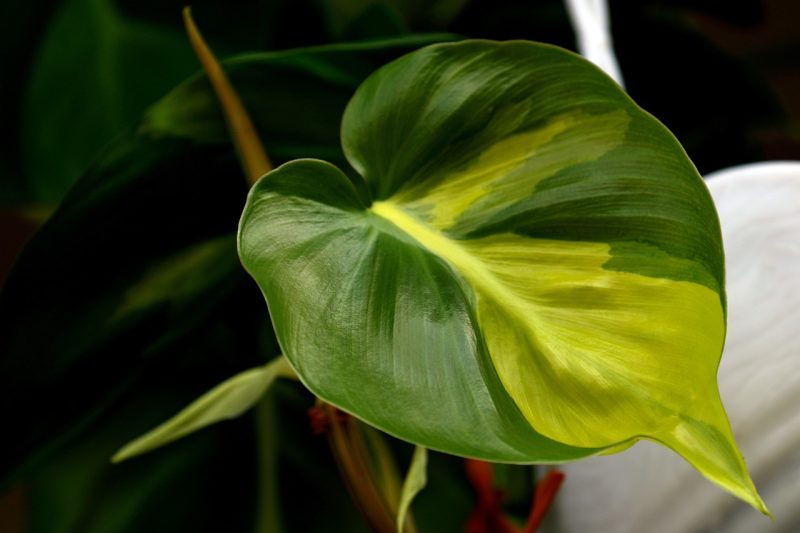In the world of restaurant decor, the right plants can enhance the dining experience, create a welcoming atmosphere, and even improve air quality. Indoor plants serve not only as eye-catching decor but also set the mood and tone for your establishment. Choosing the right varieties for your restaurant can elevate your space while offering an earthy element that speaks to the theme of your dinning establishment. Let’s look at some unique indoor plants that can bring life to your restaurant.
Fiddle Leaf Fig (Ficus lyrata)
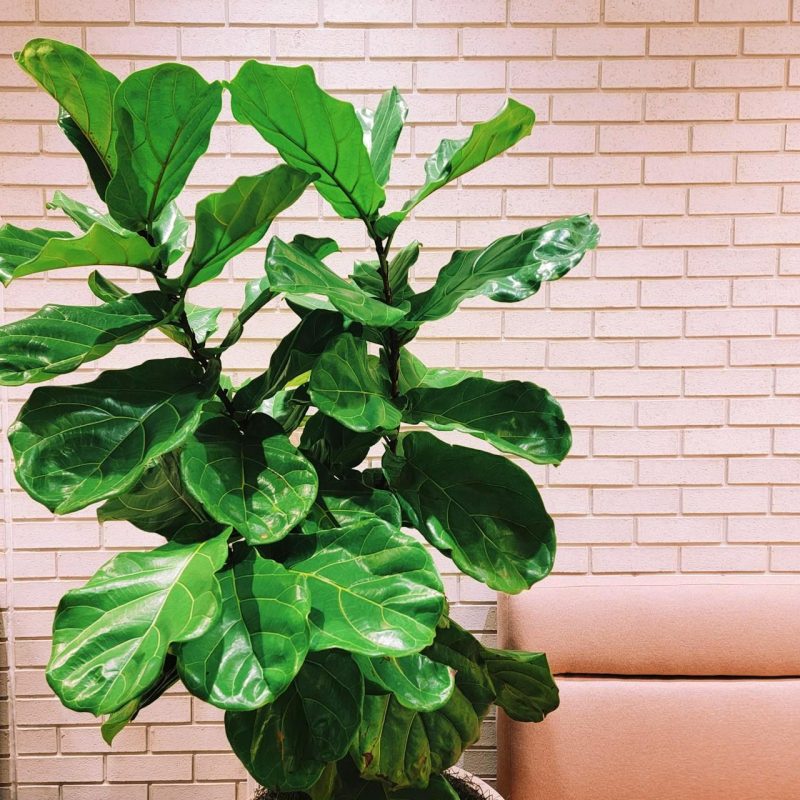
The Fiddle Leaf Fig is known for its large, glossy leaves that can dramatically enhance the brightness and beauty of a space. Standing tall, these plants can serve as statement pieces in corners or behind the bar, drawing the eye and adding sophistication. Besides their aesthetic appeal, they help purify air, making them a perfect choice for crowded dining environments.
String of Hearts (Ceropegia woodii)
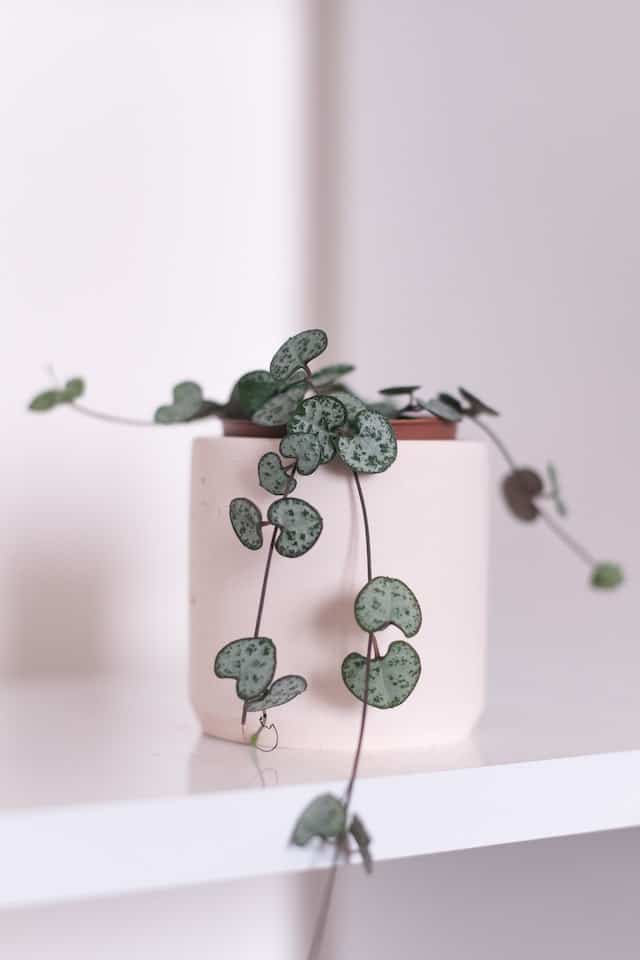
This charming trailing plant boasts heart-shaped leaves that grow along long, cascading vines, making it ideal for shelves or hanging pots. The String of Hearts is both visually appealing and low-maintenance, making it a perfect choice for restaurants that seek greenery without the fuss of constant care. They thrive in indirect light, making them versatile for various indoor settings.
Zamioculcas zamiifolia (ZZ Plant)
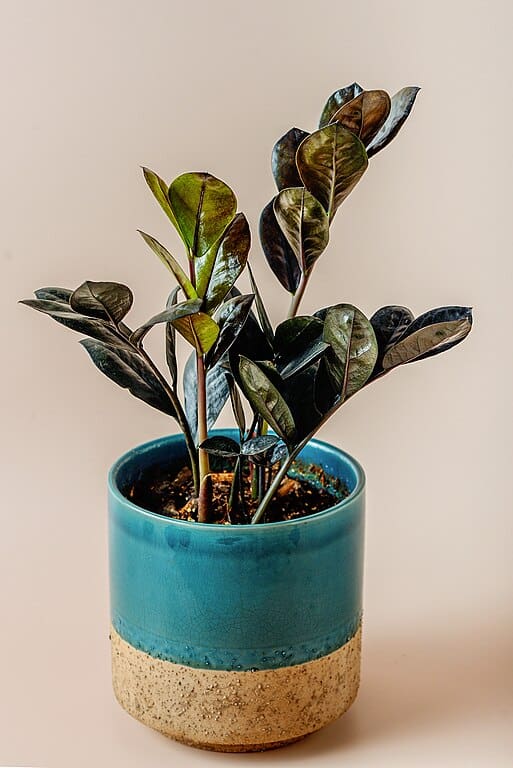
The ZZ Plant is an exceptional choice for restaurant spaces due to its resilience and low light requirements. Its glossy, dark-green foliage adds a modern elegance to any decor. This tough plant requires minimal care and is hardy enough to withstand occasional neglect, making it a practical option for busy restaurant environments.
Bird of Paradise (Strelitzia reginae)
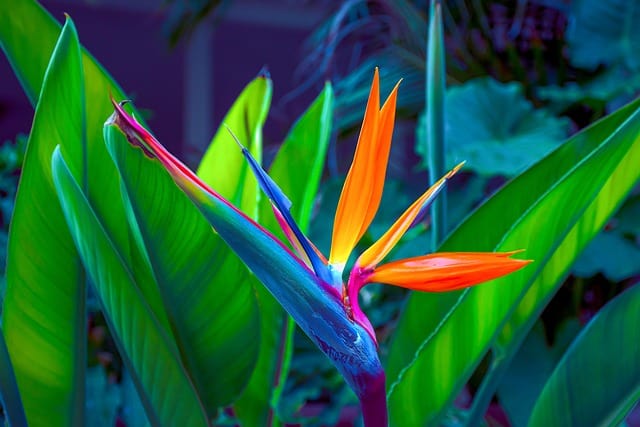
The Bird of Paradise is known for its striking foliage and exotic appeal, resembling the bird it’s named after. Placing these plants in spacious areas can create a tropical ambiance that complements vibrant and exotic cuisines. With their bold leaves, they bring a sense of luxury, making them an excellent addition to upscale dining establishments.
Calathea Rattlesnake (Calathea lancifolia)
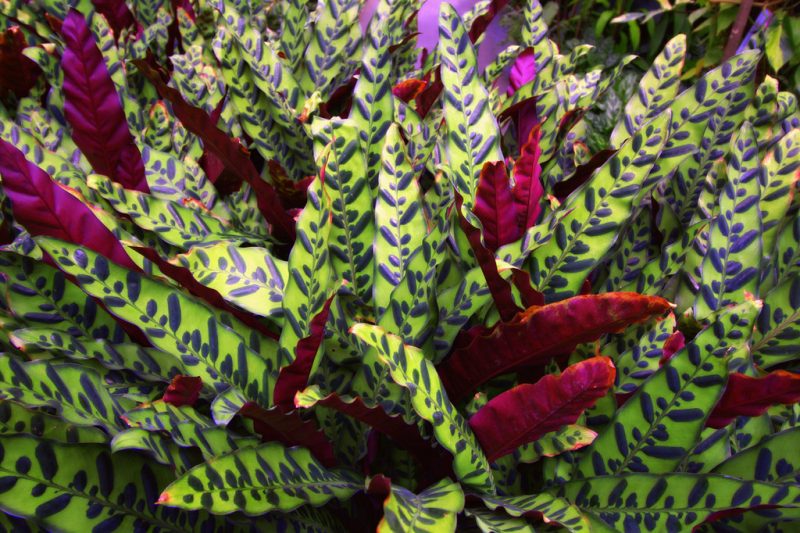
With its unique patterned leaves and stunning colors, the Calathea Rattlesnake is a conversation starter. Its love for humidity makes it perfect for restaurants with open kitchens or areas with more moisture in the air. The Calathea also adds texture to any arrangement, softening the decor while being a low-light preference.
Bamboo Palm (Chamaedorea seifrizii)
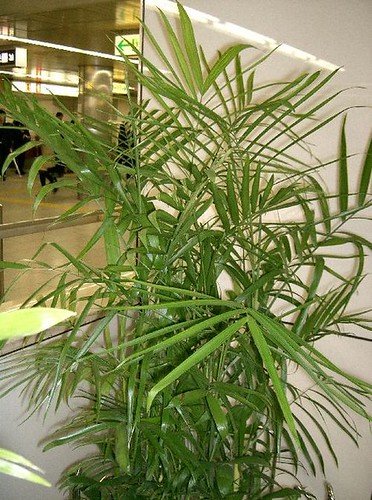
This palm brings a touch of the tropics into the indoor environment. The Bamboo Palm is known for its air-purifying qualities and works well in corners or as a natural partition in dining areas. Its feather-like fronds offer a relaxed vibe, making it ideal for casual dining setups that aim for a laid-back atmosphere.
Rubber Plant (Ficus elastica)
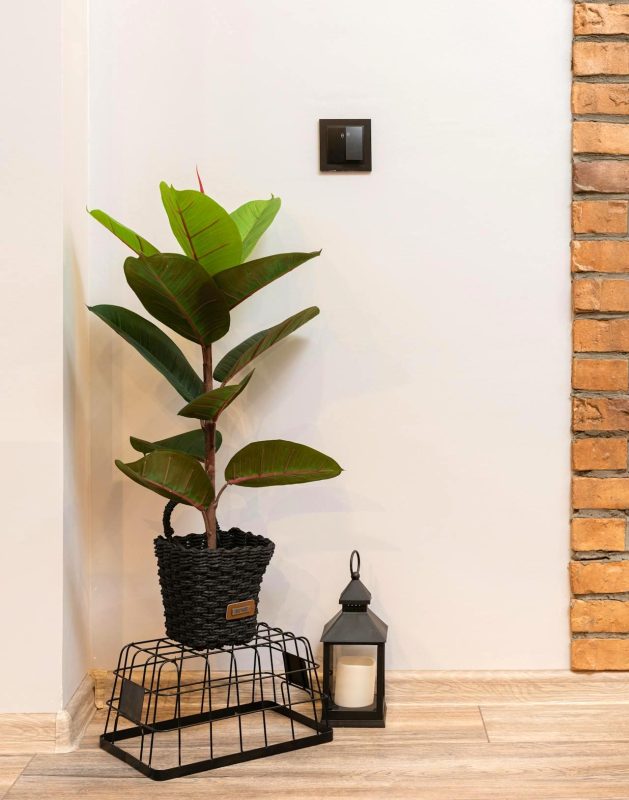
With its large, glossy leaves that come in dark green or burgundy, the Rubber Plant is both stylish and functional. This plant thrives in higher light conditions and purifies the air, making it a fantastic pick for restaurants focused on health and wellness. Its attractive stature adds an element of drama without overwhelming the decor.
Ponytail Palm (Beaucarnea recurvata)
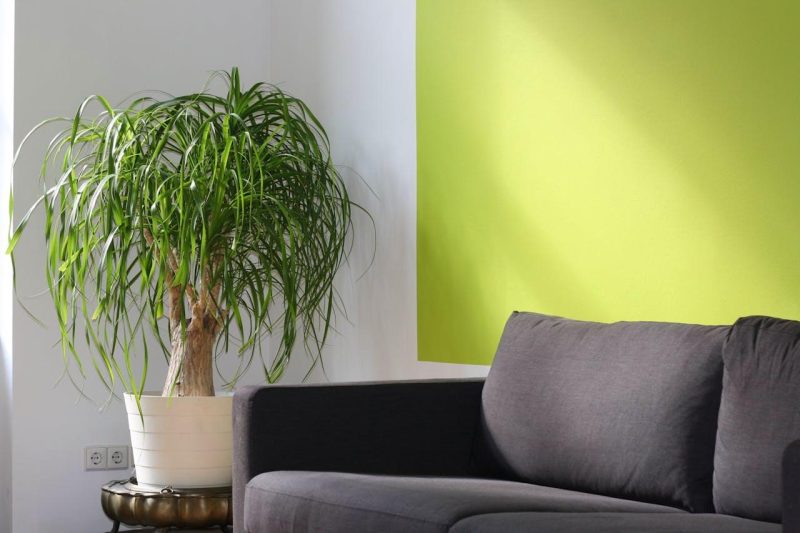
Though not a true palm, the Ponytail Palm has a unique appearance with a bulbous trunk and cascading, hair-like leaves. This quirky plant can be a delightful addition to restaurant tables or community dining spaces. Its fun shape invites curiosity and can serve as a conversational piece, enhancing the overall dining experience.
Peace Lily (Spathiphyllum spp.)
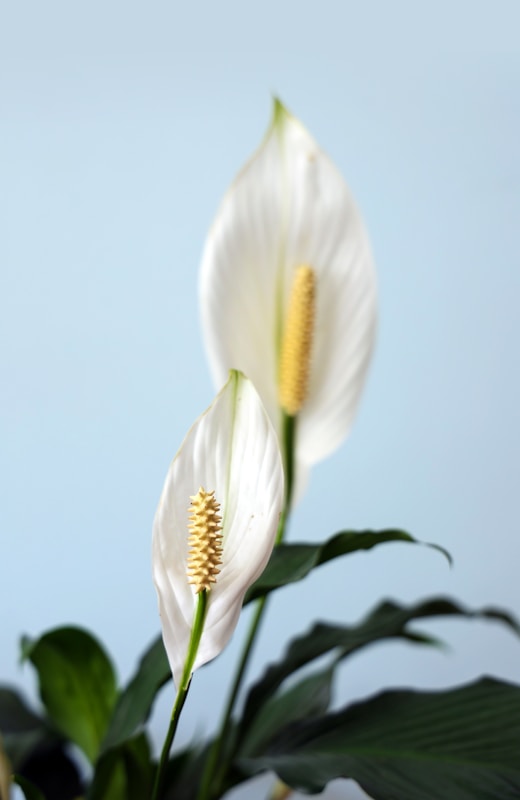
The Peace Lily is a classic for its elegant white flowers and deep green foliage. It thrives in lower light, making it perfect for cozy restaurant corners. In addition to its beauty, the Peace Lily is known for its air-cleaning properties, helping keep indoor air fresh. The addition of these flowers can calm the atmosphere, enhancing diners’ relaxation and enjoyment.
Gloxinia (Sinningia speciosa)
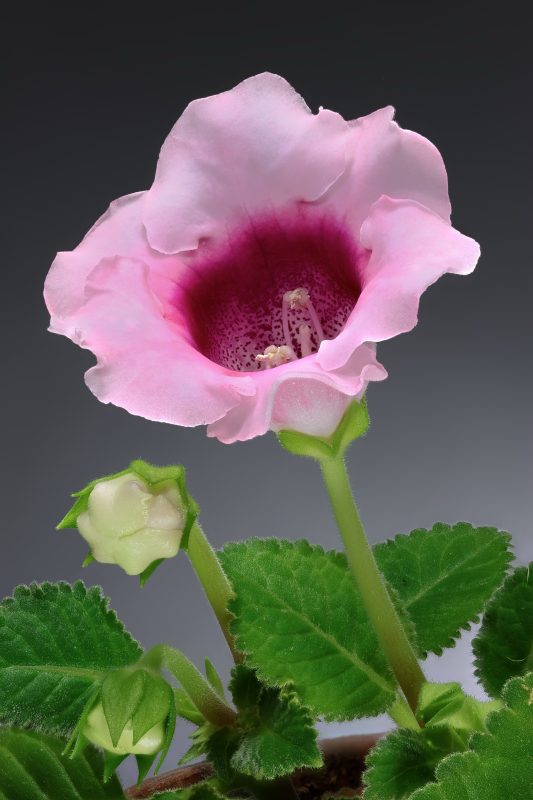
For a pop of color, consider Gloxinia with its beautiful, trumpet-shaped flowers in various hues—from purples to reds. This flowering plant adds vibrancy and can be placed strategically to draw attention and create focal points. Its compact size makes it suitable for tabletop arrangements without obstructing the view across the table.
Philodendron Brasil (Philodendron hederaceum ‘Brasil’)
Known for its climbing habit and vibrant green and yellow variegated leaves, Philodendron Brasil is a chic option for modern restaurants. This versatile plant can be displayed on shelves or allowed to trail down from hanging baskets. It requires minimal care and thrives in indirect light, making it a hassle-free choice that adds character to any space.
Maidenhair Fern (Adiantum)
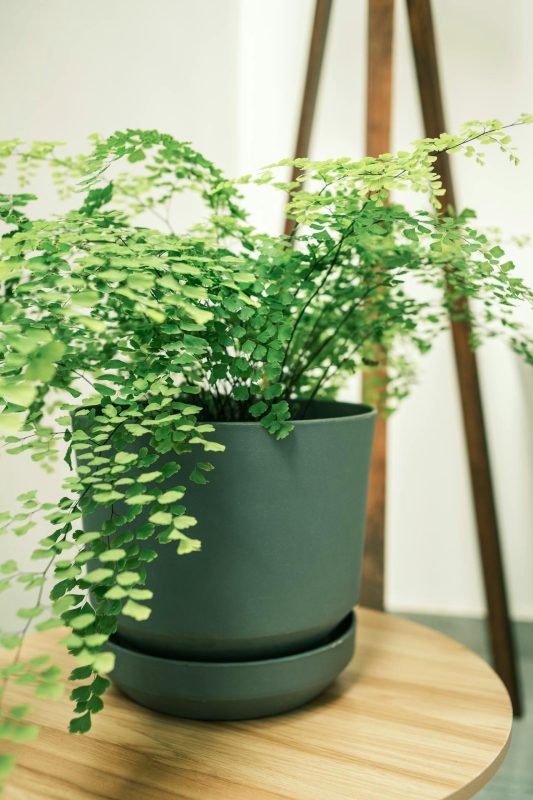
The Maidenhair Fern brings a lush softness to restaurant interiors. Its feathery fronds and delicate appearance add sophistication and tranquility. These ferns thrive in humid environments, making them ideal for spaces that incorporate water features or open kitchens. Their gentleness offsets the busy atmosphere of restaurants, providing diners with a serene experience.
Chinese Evergreen (Aglaonema)
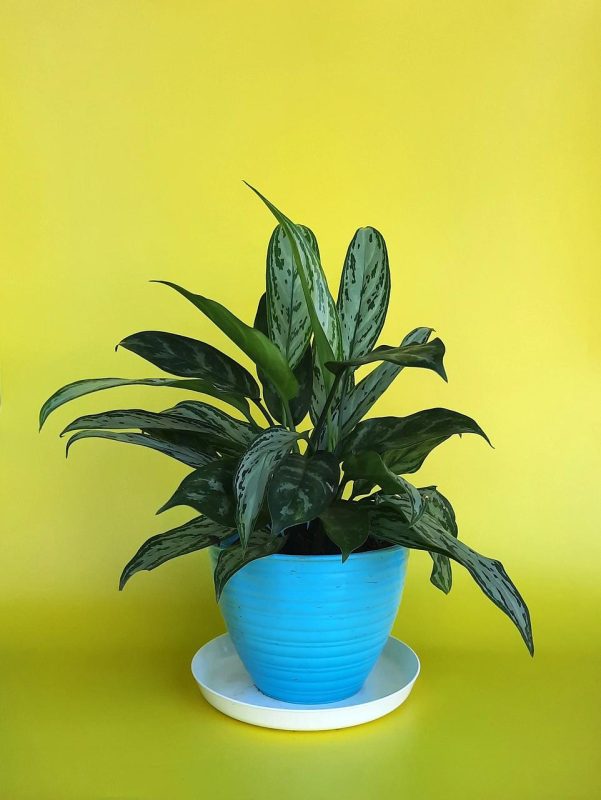
Chinese Evergreens are renowned for their strikingly patterned leaves and adaptability. They come in various colors, with combinations of green, silver, and even red tones. Perfect for dimly lit spaces, these plants require minimal maintenance and can thrive in lower light conditions. Their resilience makes them ideal for high-traffic areas in restaurants, bringing a touch of elegance with little effort.
Bunny Ear Cactus (Opuntia microdasys)
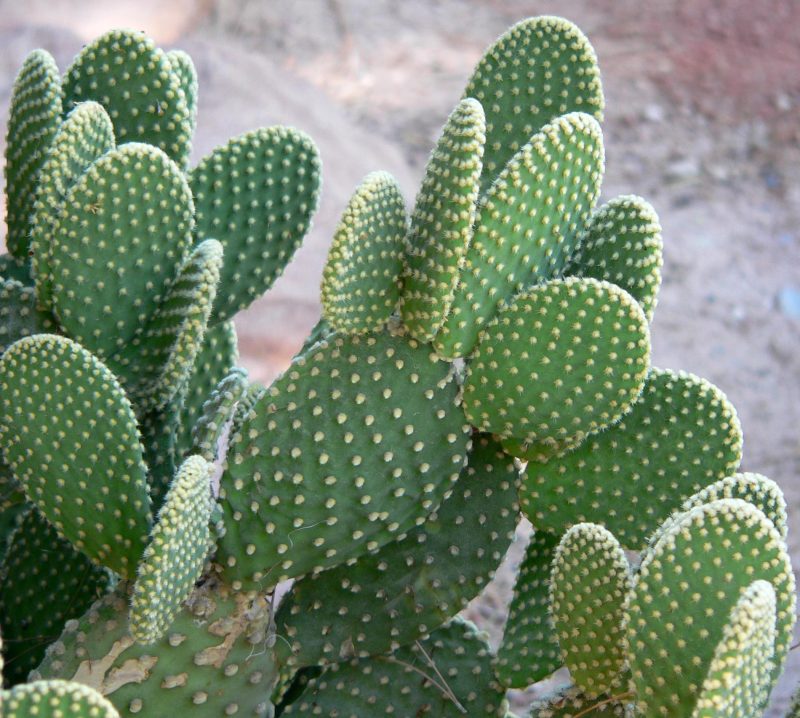
The Bunny Ear Cactus, with its distinctive pad-like appearance and soft, fuzzy spines, is a quirky addition to any modern dining space. This drought-tolerant plant is perfect for restaurants aiming for a southwestern or rustic aesthetic. Easy to care for and needing ample sunlight, this cactus adds an unexpected twist to indoor plant selections without overwhelming the surroundings.
Rhipsalis (Mistletoe Cactus)

Unlike traditional cacti, Rhipsalis has a unique, hanging appearance with long, thin stems that resemble cascading green threads. This intriguing plant is perfect for adding vertical interest when displayed in hanging baskets or elevated shelves, providing a contemporary aesthetic. Rhipsalis thrives in indirect light and enjoys moderate humidity, making it an appealing choice for trendy restaurants focused on individuality.
Dracaena Marginata (Dragon Tree)

The Dragon Tree, with its striking, slender silhouette and arching leaves, makes a bold statement in any restaurant. Its spiky structure can add a modern, dynamic element to your decor, while its air-purifying qualities will create a healthier atmosphere for diners. This versatile plant can adapt to various lighting situations, making it ideal for different areas of the restaurant space.
Croton (Codiaeum variegatum)
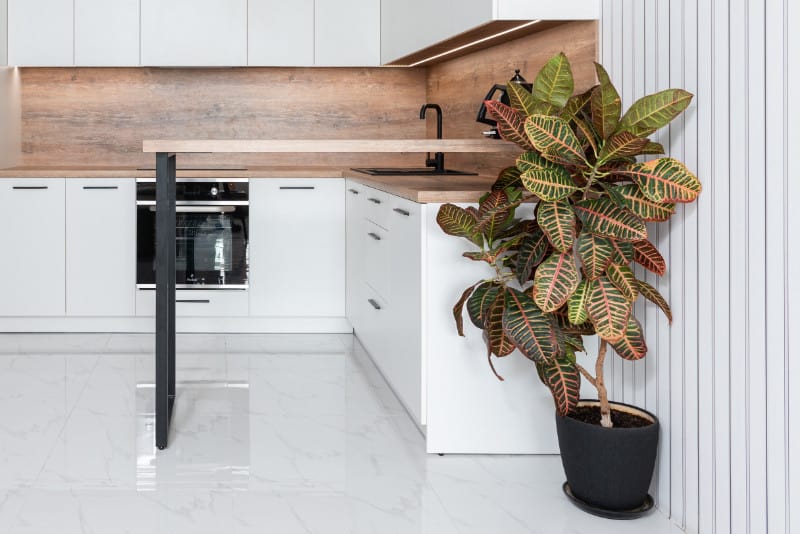
Croton plants are famous for their vibrant, multi-colored leaves that can cheer up any interior. Their fiery hues bring a sense of passion and energy that complements lively dining experiences. These plants thrive in bright, indirect sunlight and can add character to windowsills, entryways, or community tables. However, be wary of placing them directly in harsh sunlight, which might scorch their delicate leaves.
Orchid (Phalaenopsis)
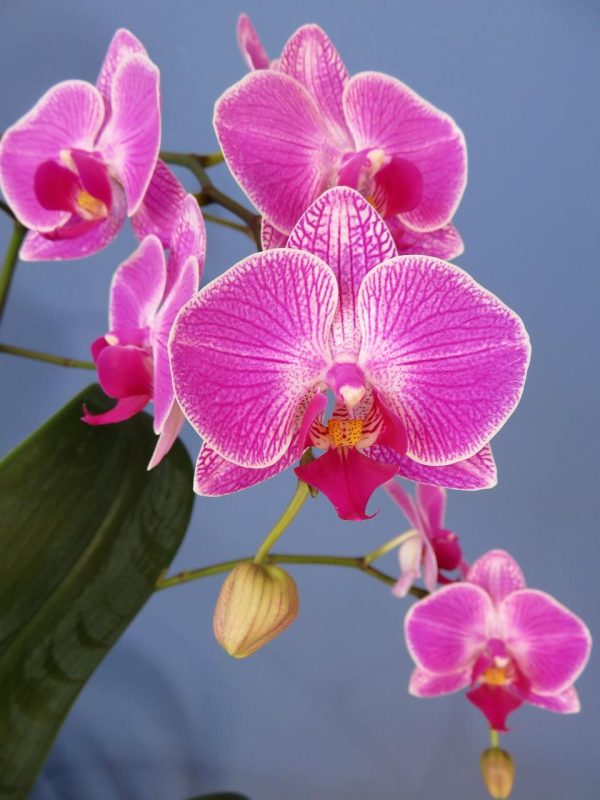
Orchids bring an air of elegance and sophistication to any restaurant decor. Phalaenopsis orchids are particularly popular due to their stunning blooms that last for weeks. Placing orchids on tables or strategically around the dining area can create a luxurious atmosphere. They require bright, indirect light and slightly more care, but their visual impact and the ambiance they create are well worth the effort.
Hoya (Wax Plant)
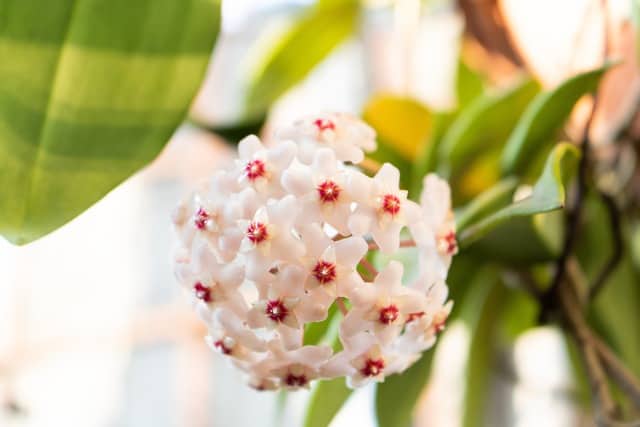
The Wax Plant, with its thick, waxy leaves and clusters of star-shaped flowers, adds a unique twist to restaurant decor. These plants are relatively low-maintenance and thrive in bright, indirect light, making them suitable for various restaurant environments. Its trailing vines can be excellent for hanging baskets or as part of a larger arrangement, bringing a tropical feel to your space.
Miniature Citrus Trees
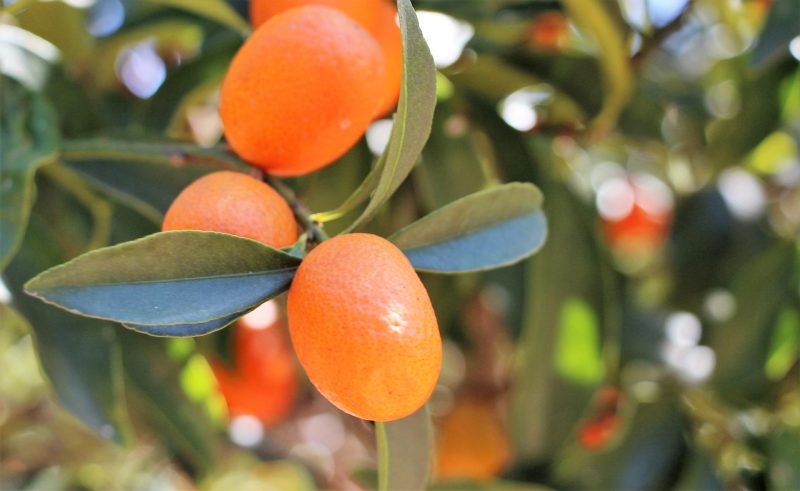
Bringing a slice of the outdoors inside, miniature citrus trees such as Calamondin or Kumquat can create a charming atmosphere filled with pleasant scents. These trees can fit on countertops, tables, or window sills, making them a versatile choice. Beyond their beauty, they offer the added benefit of fresh produce, captivating patrons with the idea of farm-to-table experience.
Conclusion
Incorporating indoor plants in restaurant settings can transform the dining atmosphere while lending a hand in purifying air and enhancing overall guest experiences. From robust statements like the Fiddle Leaf Fig to elegant blooms of Orchids and the quirky Bunny Ear Cactus, the diversity of plants available allows for creative expression that aligns with any restaurant theme.
Choosing plants that complement your decor and create a welcoming environment is a task that pays dividends in ambiance and guest satisfaction. By thoughtfully selecting unique indoor plants, restaurant owners can foster a dynamic, relaxing, and visually appealing dining space that appeals to customers and enhances their overall experience. Whether you prioritize aesthetics, care level, or air purification, there’s a greenery solution waiting to be discovered for your restaurant’s indoor spaces.



